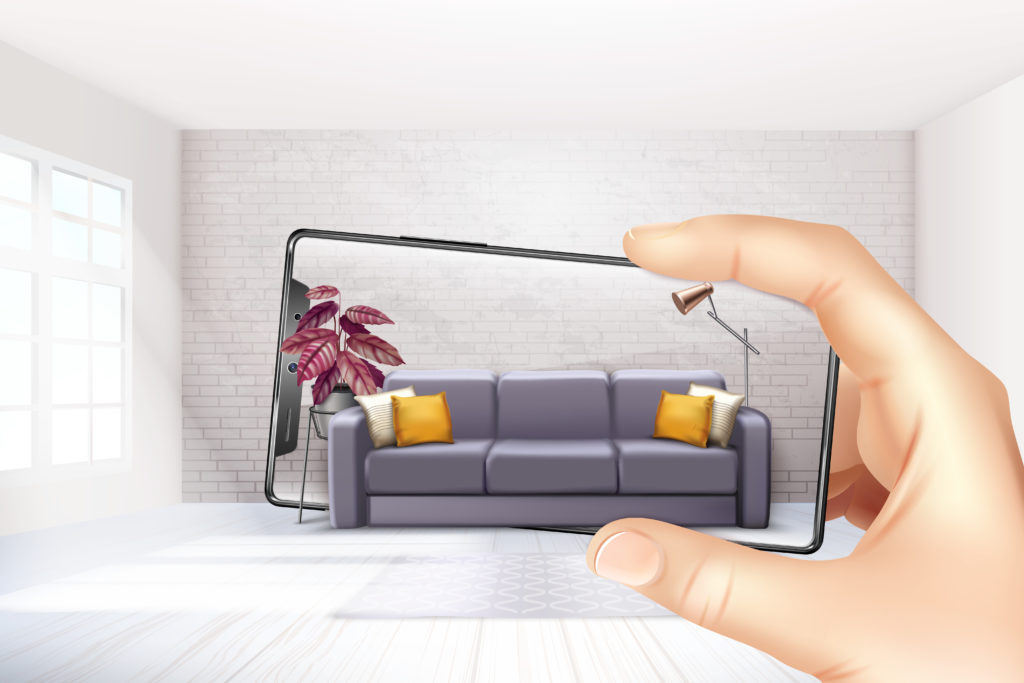Virtual Reality(VR) in Interior Designing
Why Virtual Reality(VR) should be used for Interior Designing
Virtual Reality, the technology of the future. In our increasingly digitized world and current pandemic/corona situation, where everything is available with a touch of a finger on our where we try to minimize front to front meetings as well as site meetings. It should come as no surprise that virtual reality (VR) is starting to be the next evolution in the Interior design industry.
It’s a completely made-up virtual environment that also uses 3D models of products, and everything else. Virtual Reality allows viewers to get a better sense of how a space will look and feel in a 3D mode of representation that is more like the everyday experience.

While designers are used to interpreting 2D representations of designs like floor plans, elevations, and finish boards, non-design professionals typically have more trouble visualizing the experience of being in spaces proposed by 2D representations, having the ability to show the client what their space will look like is not only exciting for them, but also helps the designer to sell more rooms. Clients are able to see the vision in color and make changes, if needed. VR helps to remove the fear that a client might have about committing to a design plan that they are unsure of.
The design emerges keeping in mind interior structures, materials, spatial planning, and ergonomics, allows the user to move around freely and conceptualize a layout of their own choice. Being inside the space creates a unique perspective and makes customers appreciate the efficient ways of how the design works out.

VR is an interesting tool because it’s an opportunity to go beyond an image that’s about mood, and VR evokes a bit of a surrealistic because it’s not totally perfect yet. But it’s a pretty accurate experience of being there without actually being there. This way you can get a window into your future space